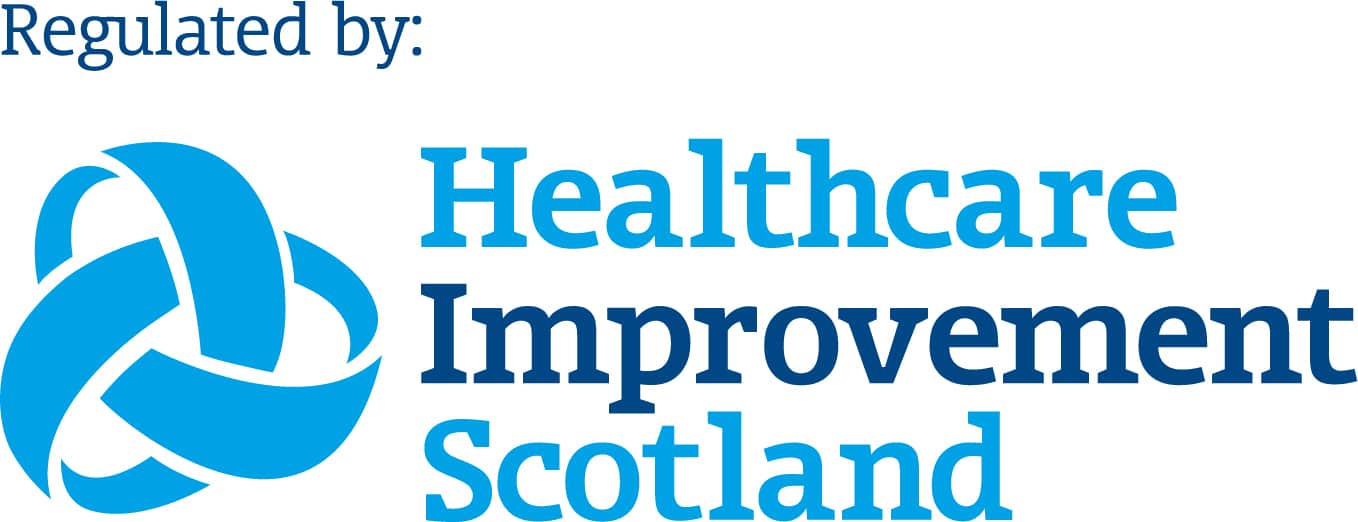 Fatty liver disease (also known as non-alcoholic fatty liver disease, NAFLD) affects up to 1 in 3 of us and is now the leading cause of chronic liver disease in Europe and the USA. NAFLD is predicted to become the most frequent indication for liver transplantation by 2030 (1).
Fatty liver disease (also known as non-alcoholic fatty liver disease, NAFLD) affects up to 1 in 3 of us and is now the leading cause of chronic liver disease in Europe and the USA. NAFLD is predicted to become the most frequent indication for liver transplantation by 2030 (1).
Although NAFLD is more common in obese and diabetic people, the phenomenon of “lean NAFLD” is increasingly more prevalent, with 10-20% of the European and American population having NAFLD despite not being obese (2). It is not uncommon that sometimes athletic individuals with excellent biometrics are found to have fatty liver, much to their surprise.
Why is NAFLD important?
Firstly, a fatty liver can lead on to something called non-alcoholic steatohepatitis (NASH) which can, in turn, lead to liver cirrhosis (scarring of the liver). A cirrhotic liver does not work properly and this can progress to liver failure, requiring liver transplantation.
Secondly, it is a cause of liver cancer, specifically hepatocellular carcinoma (HCC).
The rise of NAFLD
As the burden of liver disease caused by viral hepatitis is falling, the incidence of NAFLD is only going up and up. Much of this is blamed on our Western diets filled with sugary drinks, processed food and sedentary lifestyles, leading to increasing rates of obesity and insulin resistance.
Current concepts point to insulin resistance as the primary metabolic defect leading to NAFLD. Insulin resistance leads to an increased influx of free fatty acids (FFA) into the liver. Also, elevated insulin levels and insulin resistance promote continuous synthesis of fat in the liver. These two sources of fats result in their accumulation in the liver and hence the term fatty liver disease (3).
There is more to NAFLD than a fatty liver however
There is now growing evidence that NAFLD is a multisystem disease, affecting other organs in the body. For example, NAFLD increases risk of:
- type 2 diabetes mellitus (T2DM),
- cardiovascular disease (CVD) and cardiac diseases,
- chronic kidney disease (CKD) (1)
Although the primary liver pathology in NAFLD is to do with the fat in the liver, in fact, the majority of deaths among NAFLD patients are due to cardiovascular disease.
Diagnosing NAFLD
Whereas a fatty liver can be diagnosed by imaging studies such as ultrasound, computed tomography (CT), or magnetic resonance imaging (MRI), the presence of NASH still requires a liver biopsy for identification (4).
Studies are being done to see how we can best diagnose NASH in a non-invasive way. A study measuring specific serum metabolites identified by mass spectrometry plus the presence of elevated AST, fasting insulin and the PNPLA3 genotype was found to be good at discerning NASH from NAFL, but further research is needed here (5).
NASH is primarily a disorder of fat metabolism and thus serum lipidomic studies may offer the best opportunity to find specific lipids in the blood that can distinguish NASH from NAFL (6).
Once someone is diagnosed with fatty liver, monitoring of the liver takes place by measuring the fibrosis of the liver via a blood test.
Treatment options
NAFLD can often be reversed through lifestyle modification such as increasing exercise, weight loss and a Mediterranean diet.
Prior clinical trial data suggest that some medications (pioglitazone or vitamin E) may be beneficial in non-diabetic NASH patients (7) and the benefit of pioglitazone on reversing NASH and improving fibrosis was recently confirmed in diabetic patients (8).
But how about in those that are not obese? How can underlying risk factors be corrected in this lean group?
Well, it appears that the excessive consumption of sweetened drinks might be implicated in the development of NAFLD and also there is a need to encourage regular exercise in lean people with NAFLD as this is likely to be of help (2).
How we diagnose and treat NAFLD at ROC Clinic
We do not routinely screen for a fatty liver, but the diagnosis of a fatty liver is usually made during consultation and investigations for either abdominal pain, a routine check or other medical complaints.
The first thing that will come to our attention is either an abnormal liver blood test or a fatty liver on an ultrasound. One can find a fatty liver on ultrasound with normal liver function tests for some time before these become abnormal if they do.
An abnormal liver test will trigger further blood tests to identify whether or not the abnormality is caused by an infection such as hepatitis for example and subsequently an ultrasound scan.
We may recommend you undertake an enhanced liver fibrosis blood test and a Fibro – ultrasound.
If you are concerned about any of the matters raised in this article, wish to find out more or make an appointment, do get in touch.
References
- Byrne, C. and Targher, G. (2015). NAFLD: A multisystem disease. Journal of Hepatology, 62(1), pp.S47-S64.
- Younossi, Z., Anstee, Q., Marietti, M., Hardy, T., Henry, L., Eslam, M., George, J. and Bugianesi, E. (2017). Global burden of NAFLD and NASH: trends, predictions, risk factors and prevention. Nature Reviews Gastroenterology & Hepatology, 15(1), pp.11-20.
- Antunes, C. and Bhimji, S. (2018). Fatty Liver. [online] Ncbi.nlm.nih.gov. Available at: https://www.ncbi.nlm.nih.gov/books/NBK441992/ [Accessed 18 May 2018].
- EASL–EASD–EASO Clinical Practice Guidelines for the management of non-alcoholic fatty liver disease. (2016). Journal of Hepatology, 64(6), pp.1388-1402.
- Zhou, Y., Orešič, M., Leivonen, M., Gopalacharyulu, P., Hyysalo, J., Arola, J., Verrijken, A., Francque, S., Van Gaal, L., Hyötyläinen, T. and Yki-Järvinen, H. (2016). Noninvasive Detection of Nonalcoholic Steatohepatitis Using Clinical Markers and Circulating Levels of Lipids and Metabolites. Clinical Gastroenterology and Hepatology, 14(10), pp.1463-1472.e6.
- Neuschwander-Tetri, B. (2017). Non-alcoholic fatty liver disease. BMC Medicine, 15(1).
- Sanyal AJ, Chalasani N, Kowdley KV, McCullough A, Diehl AM, Bass NM, Neuschwander-Tetri BA, Lavine JE, Tonascia J, Unalp A, Van Natta M, Clark J, Brunt EM, Kleiner DE, Hoofnagle JH, Robuck PR, for the NASH CRN. Pioglitazone, vitamin E, or placebo for nonalcoholic steatohepatitis. N Engl J Med. 2010;362:1675–85.
- Cusi K, Orsak B, Bril F, Lomonaco R, Hecht J, Ortiz-Lopez C, Tio F, Hardies J, Darland C, Musi N, Webb A, Portillo-Sanchez P. Long-term pioglitazone treatment for patients with nonalcoholic steatohepatitis and prediabetes or type 2 diabetes mellitus: a randomized trial. Ann Intern Med. 2016;165:305–15.



One Response
“Such a great blog! Thank you for this information, I appreciate your effort, please keep us update.
I am looking for these kinds of blogs for last many days. Thanks for sharing it with us”